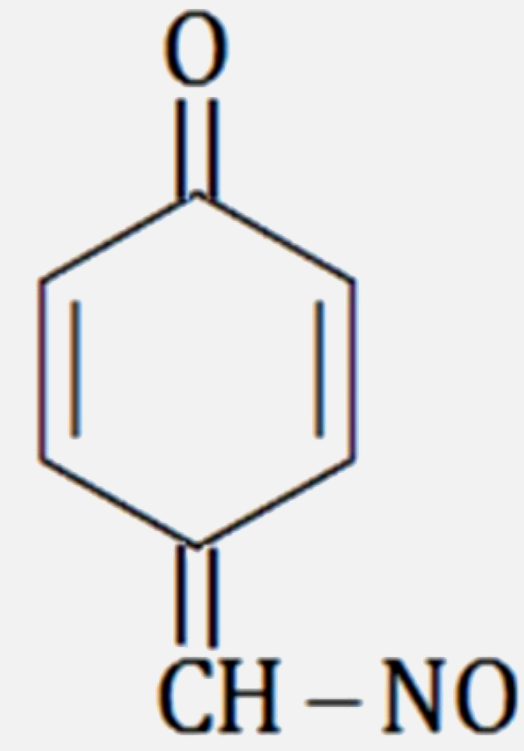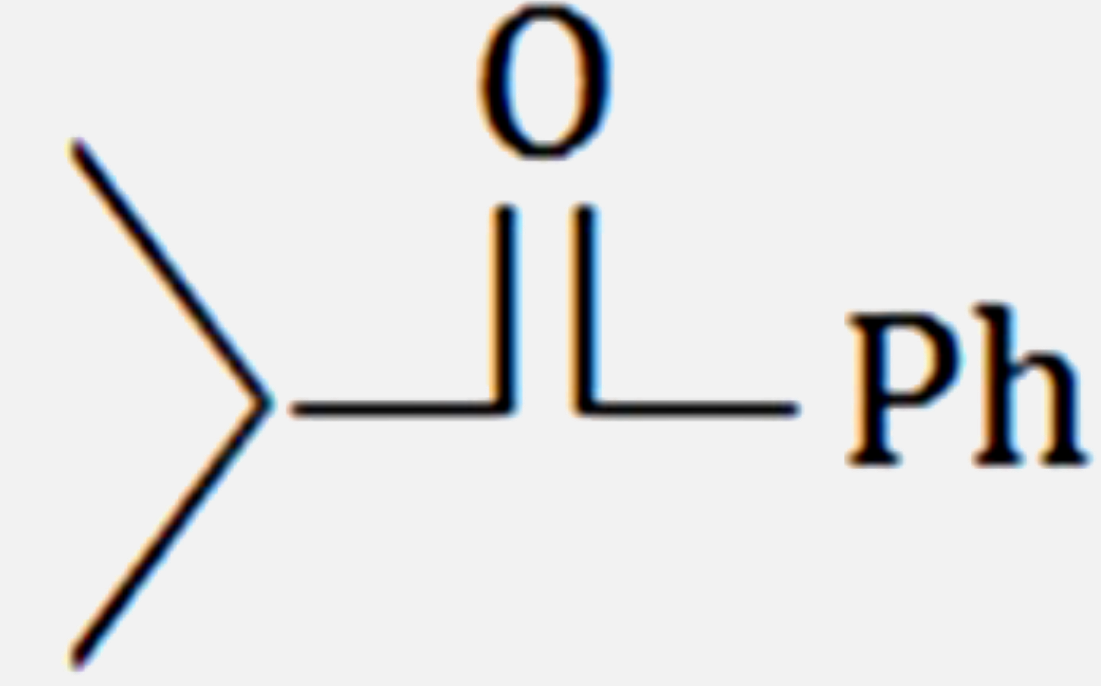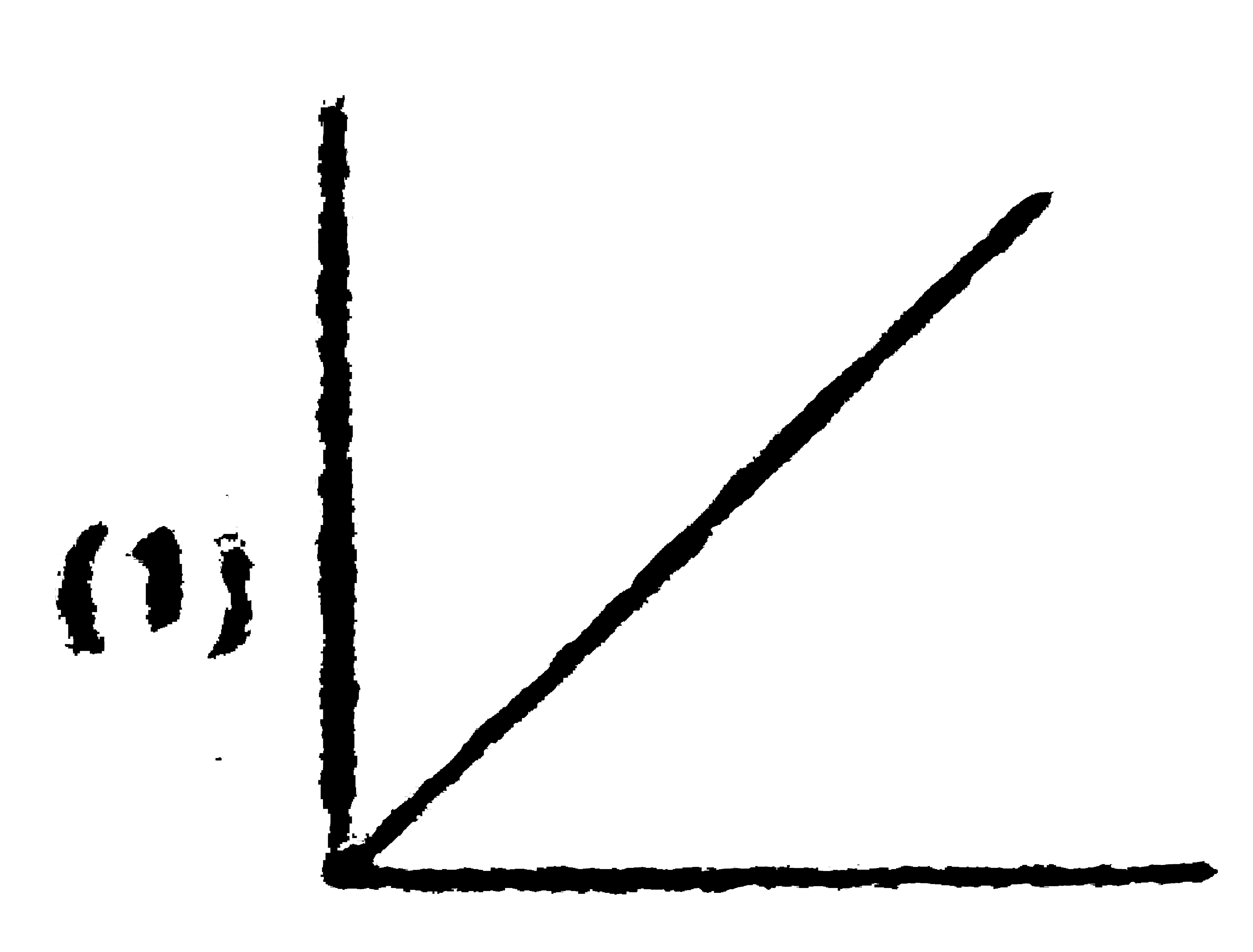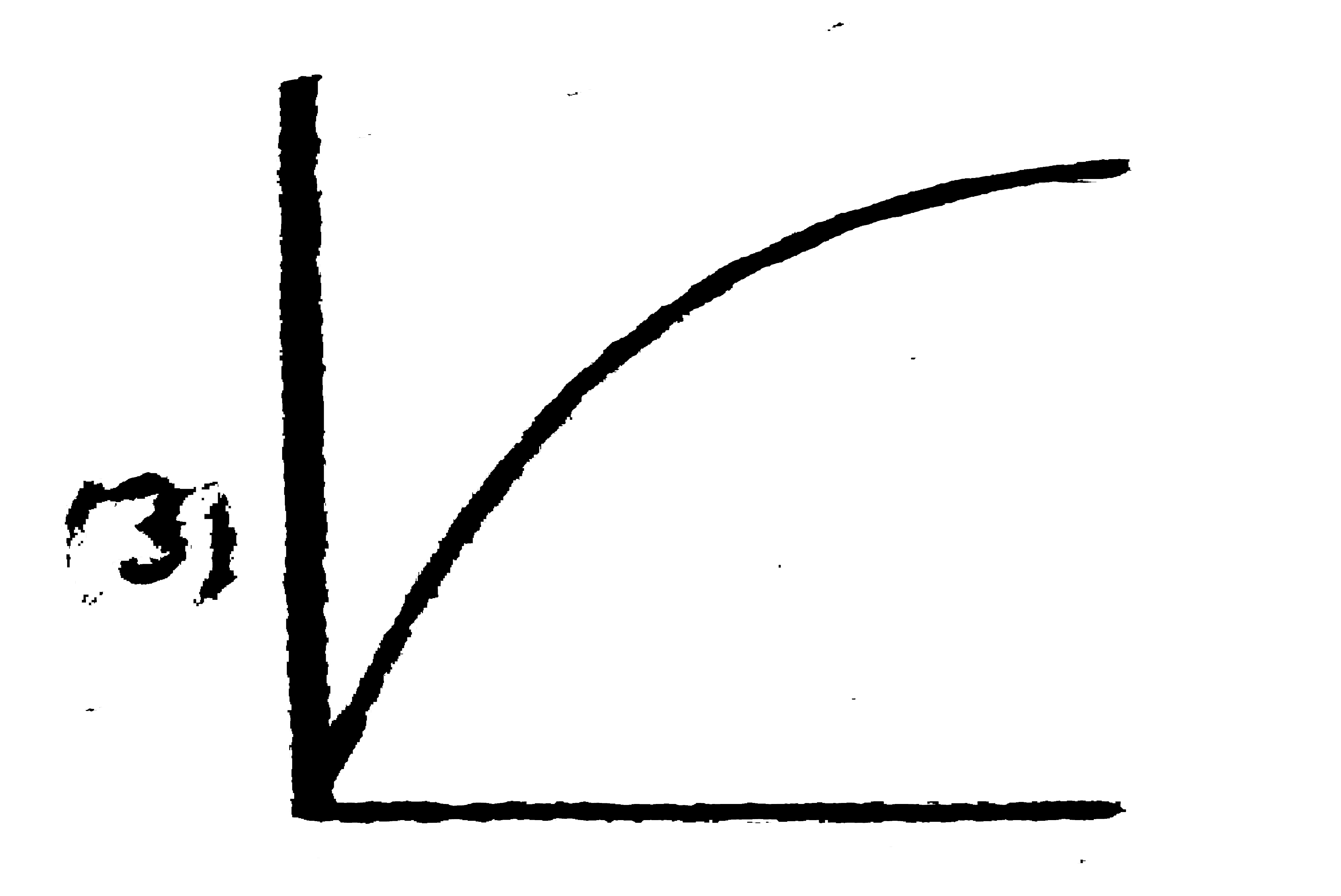Explore topic-wise InterviewSolutions in .
This section includes InterviewSolutions, each offering curated multiple-choice questions to sharpen your knowledge and support exam preparation. Choose a topic below to get started.
| 12851. |
Which one of the following will give carbylamine test ? |
|
Answer» `NH_2CONH_2` |
|
| 12852. |
The reagent that does not react with both acetone and benzaldehyde is ________. |
|
Answer» SODIUM HYDROGEN SUPHITE |
|
| 12853. |
Which of the following can show tautomerism here. |
|
Answer»
|
|
| 12854. |
Which of the following reaction is used to make a fuel cell |
|
Answer» `Cd_((s))+2Ni(OH)_(3(s))toCdO_((s))+2Ni(OH)+H_(2)O_((L))` |
|
| 12855. |
What will be the emf of given cell - Pt |H_(2) (P_(1)) | H_((aq))^(+) | | H_(2)(P_(2))|Pt ? |
|
Answer» `(RT)/(2F) "LOG"_(e) (P_(1))/(P_(2))` At cathode ` 2H^(+) + 2e to H_(2)(P_(2))` `E_("cathode") = (-RT)/(2F) "ln" (P_(2))/([H^(+)]^(2))` and `E_("anode") = (-RT)/(2F) "ln" ([H^(+)]^(2))/(P_(1))` |
|
| 12856. |
Three arrangements are shown for the complexes [CoBr_(2)(NH_(3))_(2)(en)]^(o+). Which one is wrong statement? |
|
Answer» I and II are GEOMETRICAL ISOMERS |
|
| 12857. |
Two students use same stoch solution of ZnSO_(4) and a solution of CuSO_(4). The e.m.f. of one cell is 0.03 V higher than the other. The concentration of CuSO_(4) in the cell with higher e.m.f. value is 0.5 M. find out the concentration of CuSO_(4) in the other cell (2.303RT/F=0.06) |
|
Answer» Solution :The TWO cells may represented as `Zn|Zn^(2+)(conc=c)||Cu^(2+)(c=?)|Cu,EMF=E_(1)` `Zn|Zn^(2+)(conc.=c)||Cu^(2+)(0.5M)|Cu,EMF=E_(2)` The CELL reaction is: `Zn+Cu^(2+)toZn^(2+)+Cu` `thereforeE_(1)=E^(@)-(2.303RT)/(2F)"log"(c)/([Cu^(2+)])` `E_(2)=E^(@)-(2.303RT)/(2F)"log"(c)/(0.5)` `thereforeE_(2)-E_(1)=(2.303RT)/(2F)("log"(c)/([Cu^(2)])-"log"(c)/(0.5))=0.03V` (given) `THEREFORE(0.06)/(2)"log"(0.5)/([Cu^(2+)])=0.03` or `"log"(0.5)/([Cu^(2+)])=1` or `(0.5)/([Cu^(2+)])=10` or `[Cu^(2+)]=(0.5)/(10)=0.05M` |
|
| 12858. |
Which statements is incorrect with reference to inner transition elements? |
|
Answer» Pm is radioactive element among actinoids |
|
| 12859. |
Which of the following vitamins contains isoprene unit: |
|
Answer» A |
|
| 12860. |
Which of the following curves is in accordance with Freundlich adsorption isotherm ? |
|
Answer»
|
|
| 12861. |
The vapour pressure of acetone at 20^(@)C is 185 torr. When 1.2 g of a non-volatile was dissolved in 100 g of acetone at 20^(@)C, its vapour pressure was 183 torr. The molar mass ("g mol"^(-1)) of the substance is |
|
Answer» 128 `("Molar mass of "CH_(3)COCH_(3)="58 G MOL"^(-1))` `=(1.2xx58)/(100xxM_(2)) or M_(2)=(1.2xx58)/(100)xx(185)/(2)` `="64.38 g mol"^(-1)` |
|
| 12862. |
Which of the following statements are incorrect? (P) In HCN liquid, hydrogen bonding is present. (Q) HBr_(2)^(-) does exist. (R) In P(CH_(3))_(3)(CF_(3))_(2) number of maximum atoms may lie in one plane is 6. (S) In solid PCl_(5), the maximum number of equal angles is 12. |
|
Answer» Solution :`HBr_(2)^(-)` does not exist and in `P(CH_(3))_(3)(CF_(3))_(2)`, 7 atoms MAY lie in one plane. (P) `H-C-=N…H-C-=N…` |
|
| 12863. |
Which is the true covalent oxide of iodine: |
|
Answer» `I_2O_4` |
|
| 12864. |
Which among the following reactions is involved for the removal of permanent hardness by anion exchanger resi n: |
|
Answer» `Na_(2)Al_(2)Si_(2)O_(8).xH_(2)O+MG^(2+)rarr`Product |
|
| 12865. |
xA + yB to zC. (Here x, y, zare simplest whole number rations) If -(d[A])/(dt) =- (d[B])/(dt) = 1.5 (d[C])/(dt)="then"x+y+z is : |
|
Answer» |
|
| 12866. |
Which of the following conducts electricity in the fused state |
|
Answer» `BeCl_(2)` |
|
| 12867. |
What is glycogen ? |
|
Answer» |
|
| 12868. |
What happens when ? (i) Cumene hydroperocide is treated with dilute (H_(2)SO_(4)). (ii) Phenol is distilled with C C l_(4) in presenceof aqueous NaOH. (iii) Phenol is distilled with phthalic anhydride in the presence of concentration H_(2)SO_(4). (iv) Benzenediazonium chloride is treated with alkaline ice-cold aqueous solution of phenol. (v) Phenol reacts with acetic anhydride in presence of sodium acetate. (vi) Phenol is heated with ammonia in presence of anhydrous ZnCl_(2) at 573K. (vii) Phenol is refluxed with con. H_(2)SO_(4) at 373K. (viii) Phenol condenses with excess of formaldehyde in presence of sodium hydroxide for a long period. (ix) 2,4,6-Trinitrophenol is heated with zinc dust. (x) Phenol reacts with benzoyl in presence of NaOH. (xi ) Phenol is treated with neutral FeCl_(3). (xii) Phenol is treated with bromine water. (xiii) Phenol is treated with conc. HNO_(30 in presence of conc. H_(2)SO_(4). (xiv) Phenol is treated with methyl chloride in presence of anhydrous AlCl_(3) (xv) Phenol is hydrogenated in presence of nickel catalyst at 473K-533K. |
Answer» Solution :[Hint]  (iii) Phenolphthalein. (iv) p-Hydroxyazonbenzene (coupling reaction) (v) Phenyl ethanoate ( an ester ) . (VI) Aniline. (vii) 4-Hydroxybenzenesulphonic ACID. (viii) Bakelite (polymer) (ix) 1,3,5-Trinitrobenzene (X) Phenylbenzoate. (xi) Violet coloured complex  (xii) 2,4,6-Tribromophenol. (xiii) 2,4,6-Trinitrophenol (PICRIC acid) (xiv) 4- Methylphenol (p-Cresol). (xv) Cyclohexanol (`C_(6)H_(11)OH)`. |
|
| 12869. |
Under what conditions will a system be in themodynamic equilibrium? |
| Answer» SOLUTION :A system will be INI a thermodynamic equilibrium if it simultaneously maintains MECHANICAL equilibrium, thermal equilibrium and CHEMICAL equilibrium. | |
| 12870. |
Write one difference in the following : Homogeneous catalysis and heterogeneous catalysis |
| Answer» SOLUTION :Homogeneous CATALYSIS and heterogeneous catalysis : In homogeneous catalysis, the catalyst and the reactants are in the same phase or physical state (liquid or solid). In heterogeneous catalysis, the catalyst and the reactants are in DIFFERENT PHASES or physical states. | |
| 12871. |
Write one difference in the following : Homogeneous catalysis and Heterogeneous catalysis. |
| Answer» SOLUTION :Homogeneous catalysis and Heterogeneous catalysis : The catalytic process in which the REACTANTS and the catalyst are in the same PHASE (liquid or gas) is called homogeneous catalysis. The catalytic process in which the reactants and catalyst are not in the same phase (PHYSICAL STATE) is called heterogeneous catalysis. | |
| 12872. |
When plants and animals decay, the organic nitrogen is converted into inorganic nitrogen. The inorganic nitrogen is in the form of |
|
Answer» AMMONIA |
|
| 12873. |
Which of the following is not purified by zone refining process? |
|
Answer» Ge |
|
| 12874. |
What will be the number of spectral lines in infrared region when electron transition occur from n=7 to n=2 in hydrogen atom :- |
| Answer» Solution :`N//A` | |
| 12875. |
Which of the followingpairs of substances on reaction will not evolve H_(2) gas |
|
Answer» FE and `H_(2)SO_(4)` (aqueous) |
|
| 12876. |
Which of the following has shortest carbon-carbon bond length ? |
|
Answer» `C_6H_6 ` |
|
| 12877. |
The temperature of a gas placed in an open container from 27^(@)C to 227^(@)C. The prevent of the original amount of the gas expelled from the container will be: |
|
Answer» 20 So, nT=constant `n_(i)(300)=n_(F)=(500)` `n_(f)=(3)/(5)n_(i)` `n_(i)=n_(f)+n_("escape")` `n_("escape")=(2)/(5)n_(i)rArr 40%` |
|
| 12879. |
When an excess of a very dilute aqueous solution of KI is added to a very dilute aqueous solution of silver nitrate, the colloidal particles of silver iodide are associated with which of the following Helmholtz double layer ? |
|
Answer» `Ag:Ag^(+):I^(-)` |
|
| 12881. |
Which of the following reactions is not correctly matched ? |
|
Answer» `2C_(2)H_(5)Br+2Na overset("dry ether")rarr C_(4)H_(10)+2NaBr` : WURTZ REACTION |
|
| 12882. |
Which of the following statements is true about electronegativity? |
|
Answer» Electronegativity of an element depends UPON its effective nuclear CHARGE |
|
| 12883. |
The variation of (p)/((x//m)) as a function of p when Lanmuir's is isotherm is valid is : |
|
Answer»
|
|
| 12884. |
When I is oxidised by MnO_(4), in alkaline medium, I converts into |
|
Answer» ` I0_(3) ` `2K_(2),MnO_(4), +2H_(2),O to 2MnO_(2), +4KOH+ 20` `2KMnO_(4), +H_(2)Ooverset(alkaline) to 2MnO_(2) + 2KOH+3[O]` `KI+[O] to KIO_(3)` 2KMnO_(4) +KI+H_(2)O to 2KOH + 2MnO_(2) +KIO_(3)` Honce, (B) is the CORRECT answer |
|
| 12885. |
What is the oxidation state of phosphorous element in cyclometa phosphoric acid ? |
| Answer» ANSWER :B | |
| 12886. |
Whatmass of slaked lime would be required to decompose completely 4 grams of ammonium chloride and what would be the mass of each product? |
|
Answer» Solution :The equation representing the decomposition of `NH_(4)CL` by slaked time, i.e., `Ca(OH)_(2)` is : `{:(Ca(OH)_(2),+,2NH_(4)Cl,rarr,CaCl_(2),+,2NH_(3),+,2H_(2)O),(40+2(1+16),,2(14+4+35.5),,40+2xx35.5,,2(14+3xx1),,2(2xx1+16)),(=74g,,=107g,,=111g,,=34g,,=36g):}` (i) To calculate the mass of `Ca(OH)_(2)` required ot decompose 4 g `NH_(4)Cl`. From the above equation, 107 g of `NH_(4)Cl` are decomposed by 74 g of `Ca(OH)_(2)` THEREFORE` 4G` of `NH_(4)Cl` will be decomposed by `Ca(OH)_(2)=(74)/(107)xx4=2.766 g` Thus, the mass of slaked lime required = 2.766 g. (ii) To calculate the slaked lime required = 2.766 g. 107 g of `NH_(4)Cl` when reacted with `Ca(OH)_(2)` produce 111 g of `CaCl_(2)`. `therefore" 4 g of "NH_(4)Cl` when reacted with `Ca(OH)_(2)` produce `CaCl_(2)=(111)/(107)xx4=4.15 g` Hence, the mass of `CaCl_(2)` produced = 4.15 g. (iii) To calculate the mass of `NH_(3)` produced. 107 g of `NH_(4)Cl` react with `Ca(OH)_(2)` to give 34 g of `NH_(3)`. `therefore" 4g of "NH_(4)Cl` react with `Ca(OH)_(2)` to give produce `NH_(3)=(34)/(107)xx4=1.271 g` Hence, the mass of `NH_(3)` produced = 1.271 g. (iv) To calculate the mass of `H_(2)O` formed. 107 g of `NH_(4)Cl` react with `Ca(OH)_(2)` to yield 36 g of `H_(2)O` `therefore` 4 g of `NH_(2)Cl` react with `Ca(OH)_(2)` to yield `H_(2)O=(36)/(107)xx4=1.3458 g` So the mass of `H_(2)O` formed = 1.3458 g. |
|
| 12887. |
Which one of the following is formed when Butyl magnesium bromide is treated with propanone followed by hydrolysis? |
|
Answer» TERTIARY BUTYL ALCOHOL |
|
| 12888. |
Which one of the following conditions will favour maximum formation of the product in the reaction, A_(2)(g)+B_(2)(g)hArrX_(2)(g)Delta_(r)H=-XkJ? |
|
Answer» <P>Low temperature and high pressure `therefore` High P, Low T, favour PRODUCT FORMATION. |
|
| 12889. |
Which reaction occurs at the fastest rate ? |
|
Answer»
|
|
| 12890. |
When a metal rod M is dipped into an aqueous colourless concentreted solution ofcompound N, the solution tuns light blue. Addition ofaqueousn NaCI to the blue solution gives a white precipitate 'O'. Addition ofaqueous NH_3 dissolves 'O' gives an intese blue solution The compund N is |
|
Answer» `AgNO_3` 
|
|
| 12891. |
When a metal rod M is dipped into an aqueous colourless concentreted solution ofcompound N, the solution tuns light blue. Addition ofaqueousn NaCI to the blue solution gives a white precipitate 'O'. Addition ofaqueous NH_3 dissolves 'O' gives an intese blue solution The metal rod M is |
|
Answer» Fe 
|
|
| 12892. |
Which is useful for separating benzoic acid frommethyl benzoate? |
|
Answer» `NaHCO_3(AQ)` |
|
| 12893. |
Which of the following gives M^(3+) ion most readily: |
|
Answer» P |
|
| 12894. |
Which are functional isomers : |
|
Answer» Methanol and methoxy methane |
|
| 12895. |
Which of the following repressents correct dissociation of nitrate salts on heating |
|
Answer» `2LiNO_(3) RARR Li_(2)O + 2NO_(2) + (1)/(2)O_(2)` |
|
| 12896. |
Which of the following is NOT TRUE for wilkinson catalyst |
|
Answer» Hybridization of CENTRAL metal atom is `dsp^(2)` |
|
| 12897. |
Which would undergo S_(N) 2 reaction faster in the following pair and why ? CH_(3) - CH_(2) - Br " and " CH_(3) - underset(Br)underset(|)overset(CH_(3))overset(|)C - CH_(3) |
| Answer» Solution :`CH_(3)- CH_(2) - Br` would undergo `S_(N)2`REACTION faster because the NUCLEOPHILE would not face steric HINDRANCE. | |
| 12898. |
Which one of the following is called 3 – oxopentanal? |
|
Answer» `C_6H_5 - undersetoverset(||)(O)(C ) - C_6H_5` |
|
| 12899. |
To which ring size cycloalkanes, Baeyer's strain theory is not valid ? |
| Answer» Answer :D | |
| 12900. |
Which statement is not true among the following : |
|
Answer» AMINES are bases |
|


















